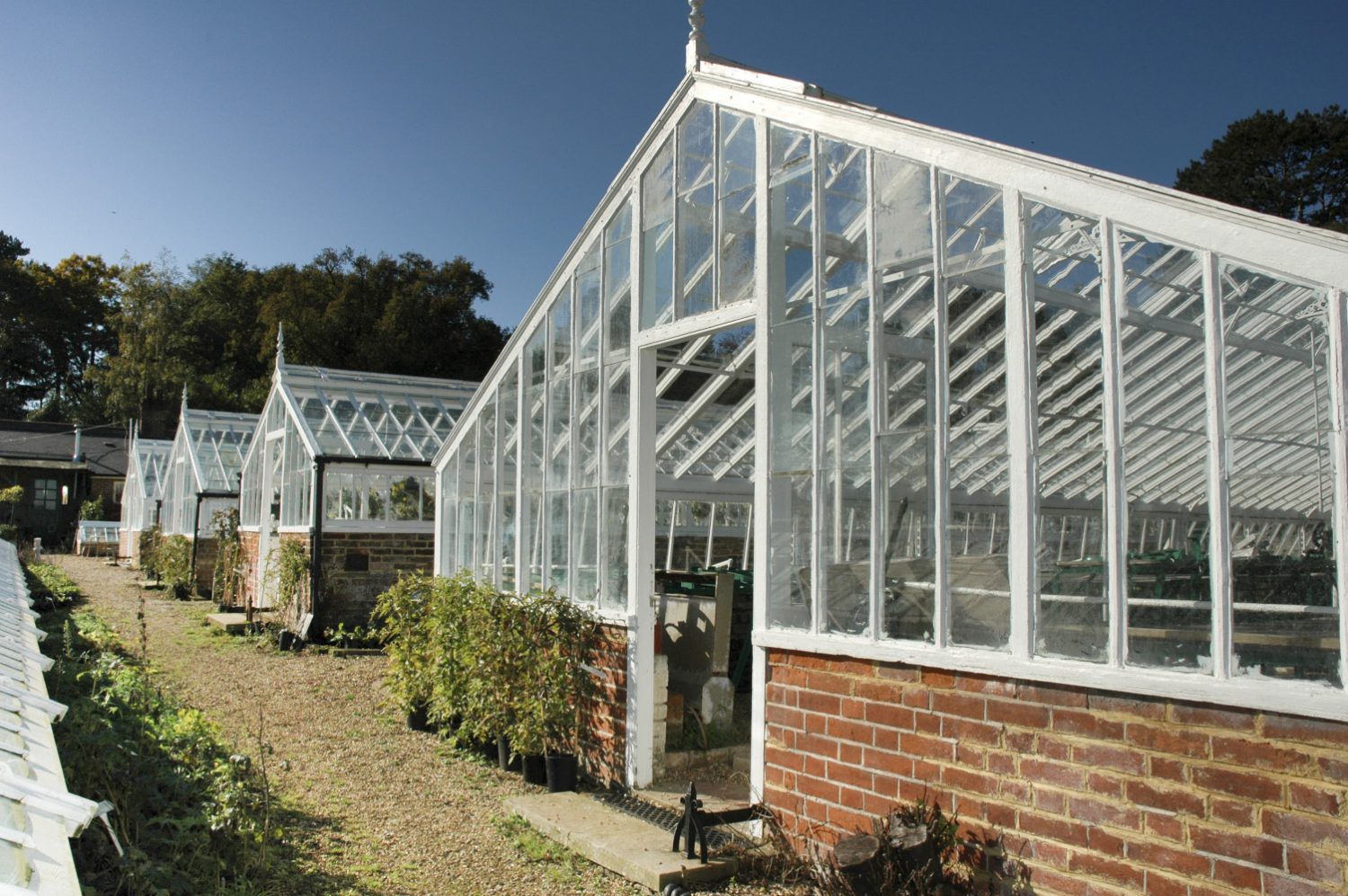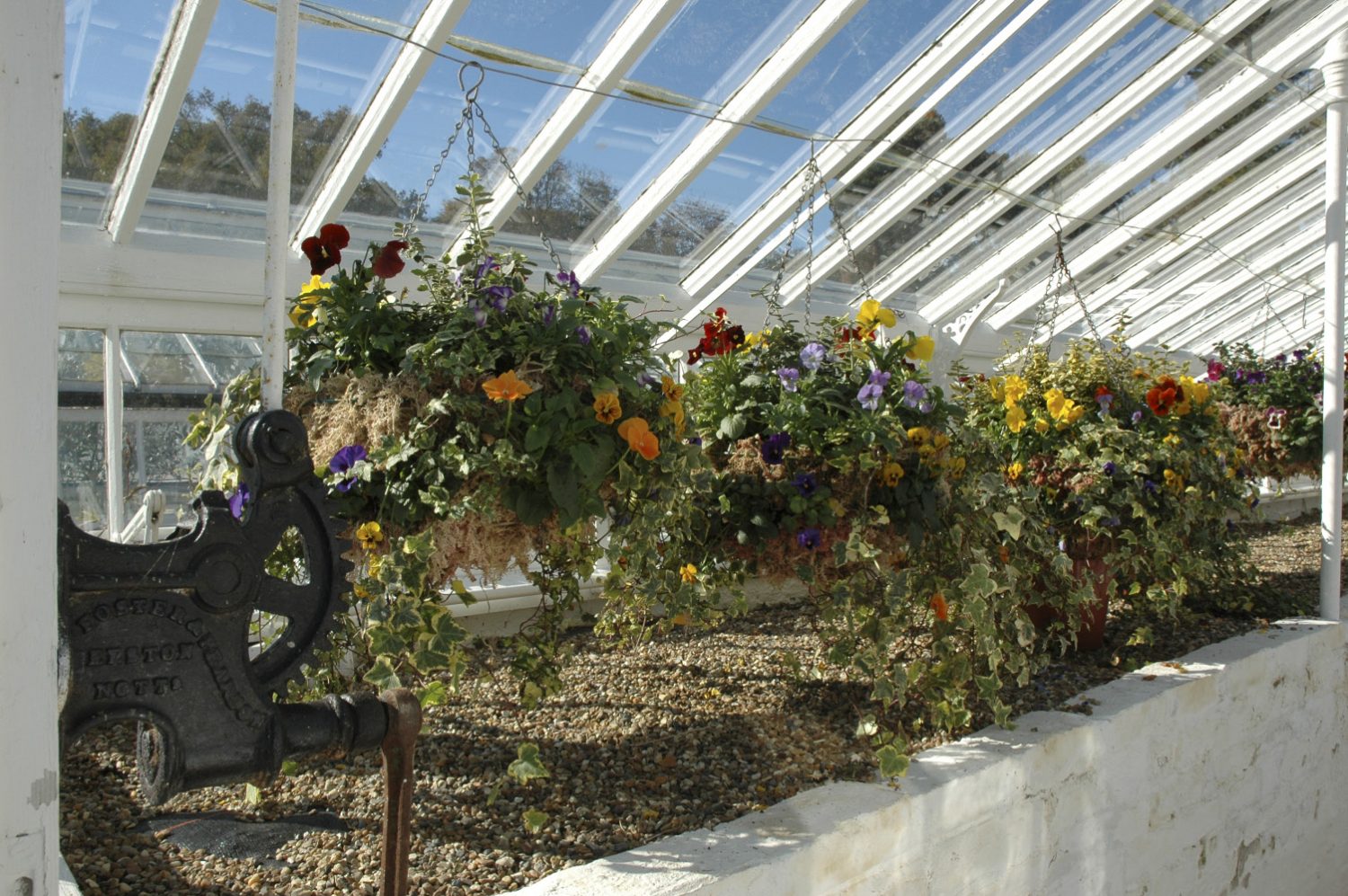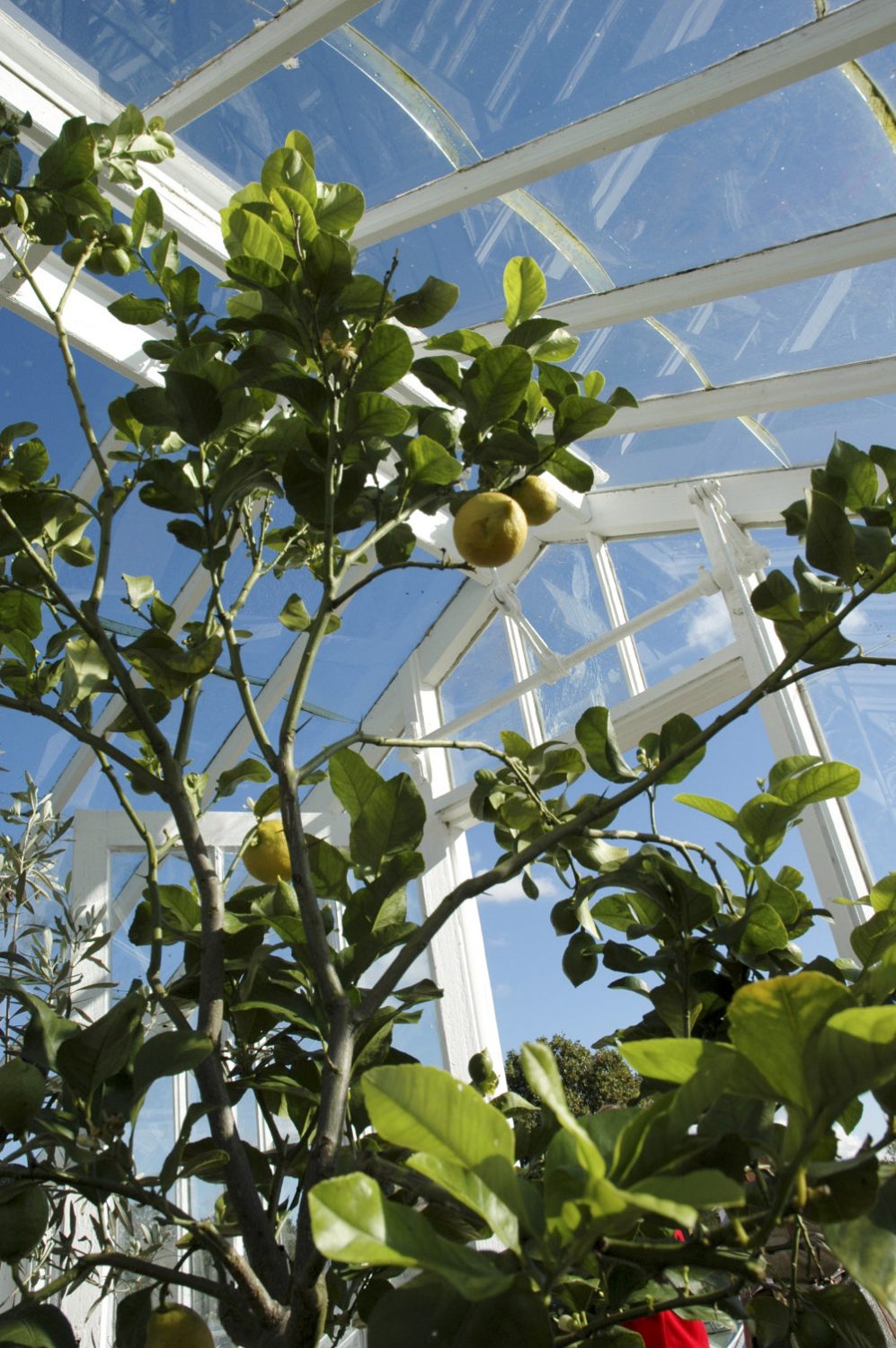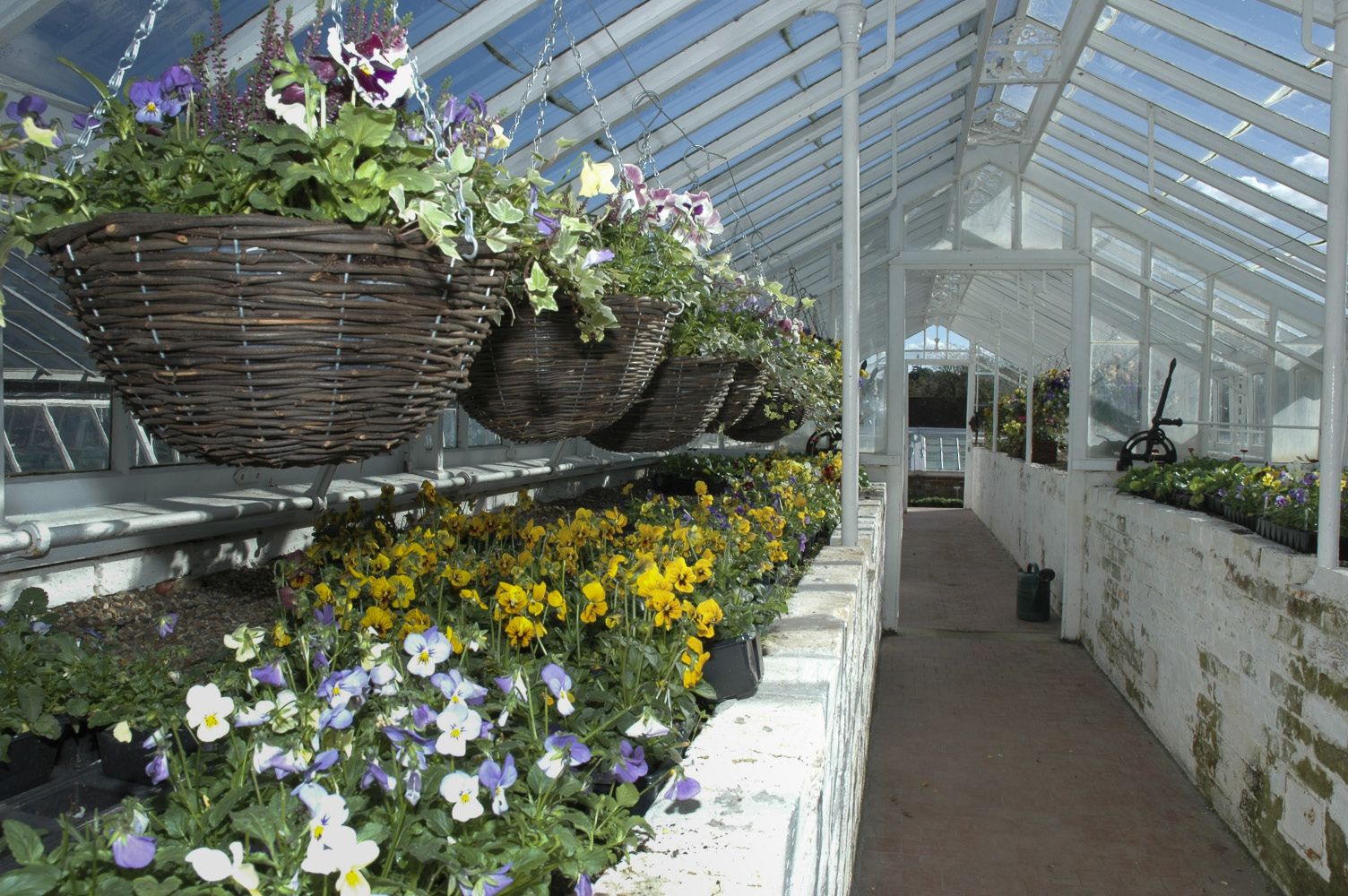I hadn’t realised that I had much in common with a darting ruby-throated hummingbird until last autumn, when, meandering along the late-flowering borders at Wisley with a friend, we simultaneously spotted a particularly scrumptious velvety burgundy salvia. Being delicious to both hummingbirds and plantaholics, this plant immediately joined a rather long list of ‘must have’ plants, and tearing through the RHS Plant Finder later, we found a local specialist nursery which stocked it. Thank goodness, though, we didn’t collect them then as our cold greenhouse, with its distinct lack of heating facilities, would have proven to have been their last resting place.
As temperatures dropped, we were to be found in an icy ironmonger’s on a particularly freezing day, frantically purchasing their very last paraffin heater for our unheated greenhouse. We did find one, but by the time we managed to put it together, it was too late and all was lost. What a learning curve that has been!
Paraffin is, apart from rigging up bubble plastic as an extra layer of insulation, the most basic method of heating for a greenhouse. I’m sure that one of the most important things to consider when you buy a greenhouse is to site it near enough to an electricity supply or the possibility of one. Electricity is just the most efficient means of maintaining a regular temperature or range of temperatures depending on what you’re overwintering. Element or tubular heaters come in myriad different forms and what you use depends on the size of your greenhouse. It’s useful to get advice on this from your greenhouse manufacturer. Make sure, too, that you make maximum use of the water coming off the greenhouse by rigging up water butts to the guttering. I have an old water tank on one side which is my plant revival department, ideal for dunking. Internally there are various methods of watering depending on how keen you are and what you want to spend, but I think that a basic capillary bed system is ideal as you can then be away and not worry that you are going to lose things. A cheap form of capillary watering is to use matting which can be replaced every so often, as eventually it tends to clog up with algae.
A visit to the Chelsea Flower Show or the Hampton Court Flower Show will give you an idea of what is on the market. Wooden greenhouses somehow blend in beautifully with most landscapes but long term will need more maintenance, and if you are, for instance, on a windy site, you need to bear in mind that a sturdy aluminium frame will last rather longer. I’m not really convinced that it is worth buying the cheapest of the cheap but having said that, if you can get someone wonderfully practical to help put it together properly, it may well be just what you want.
You can have so much fun with a greenhouse, starting things off early or growing on plants that need more shelter and warmth than you could normally offer.
Practically, greenhouses often overheat in summer and actually even in winter sunshine, heat up very rapidly. You’ll notice plant damage at temperatures of about 25/35 ºC, so on warm days, open the doors to cool things down and let in fresh air and carbon dioxide. Ventilators in the roof are often automatic these days meaning that hot air escapes through the vents and improves air flow – essential for healthy plants. In the summer, damping down by watering the ground in the greenhouse and the foliage of plants is essential to reduce the temperature. Avoid watering foliage when the sun is particularly bright as leaves will scorch. The other problem, of course, with a very hot greenhouse is that minute red spider mites tend to appear, seemingly from nowhere, and then have to be rapidly dealt with as they will attack all greenhouse plants. They are only just visible to the naked eye and despite their name, are yellow-green turning to red when they hibernate in the autumn. Actually these can often be dealt with by good hygiene in your greenhouse which means a good spring clean on a warm day, thoroughly washing down your staging with hot water and a garden disinfectant, as well as cleaning the glass to let as much light in as possible. It is a good idea to use biological controls such as Phytoseiulus persimilis early in the season. Look out too for powdery mildew, often caused by poor ventilation or by the plant getting too dry at the roots. You can treat this with several applications of either a spray or dust of sulphur and by picking off affected leaves, too, so that the fungus spores don’t spread.
Using a cold greenhouse, you will join the huge number of recruits who are growing their own food crops. Try sowing a few interesting herbs. Jekka McVicar has an astonishing range to grow from seed. A simple cold greenhouse can be used very successfully for growing salads and vegetables and will extend the season at both ends of the year. You should be able to provide food nearly year round. Grow crops in season. When buying a greenhouse, go for the largest you can afford and you have space for. Grow crops like carrots and beetroot between tomatoes and cucumbers before they grow tall. You’ll have a constant supply of lettuce and salad leaves if you start sowing seed as early as February. Just plant in either small pots or peat blocks and plant out into greenhouse soil every two weeks or so. Grow chilli peppers which are very decorative and sweet peppers which are just as easy as tomatoes. You can grow things like dwarf varieties of French beans in the greenhouse; sow twice in the season – once in the spring (April) for cropping in early summer and then again in July for a later crop. Sow these in a pot filled with John Innes No 2.
This month you can sow things like marrows, courgettes, cucumbers, pumpkins, squashes, beans of all varieties etc for transplanting outdoors. Tomato plants can be planted into the greenhouse in late April but remember that if you are growing them in greenhouse soil, they are hungry feeders and will need a feed of a good rich well-rotted compost to really take off. Grow bags inside the greenhouse are OK but tend to dry out very rapidly which causes the plant roots to die off. Just experiment and see what happens. It’s great fun having a go and so satisfying to eat something you have managed to grow yourself. If you are a complete beginner, Suttons make things easy for you by selling Seed Tapes. Not the most economical way to grow vegetables but they include beetroot, carrots, leaf salad, onions, dwarf beans and lettuce ‘Little Gem’ all ready to roll out, cover and water! There’s a lot of trial and error in growing vegetables but with the help of a greenhouse, you’ll get the bug and may be inspired to try more and more different varieties.
TEST
the renovated Victorian green houses at the Walled Nursey, in Hawkhurst
TEST TEST
TEST

- words: Sue Whigham
- pictures: David Merewether
You may also like
Go with the Flow
Sue Whigham shares some valuable new-to-gardening advice I’m sure that by now we should be used to the rain but I’m not entirely sure that we are. We had a dry, sunny day the other day and how everybody’s mood...
Farm Fables
Jane Howard gets to the bottom of why so many ponds have disappeared across the High Weald I have a new passion, almost an obsession, it’s about ponds. And there’s a distinct possibility I might become a bit of a...
Hedge Issues
Sue Whigham takes a meander along nature’s verdant and vital corridors Recently the BBC’s Today programme carried a feature about England’s hedgerows which created a lot of interest among listeners. On the strength of that, Martha Kearney interviewed one of...















